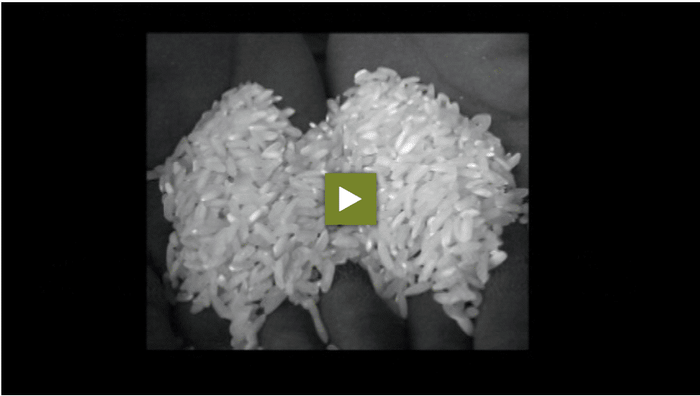African rice is delicious, but often sold by a low price, because of the quality. It is important to improve the rice quality to earn more money.
Africa imports a lot of rice, which often is harvested a long time ago. The rice looses quality, when different varieties are mixed together or when the harvest is harvested to early or to late. Consumers don‘t like rice that has stones, sand or others in it. Furthermore rice gets poorly, if it is dried or stored badly.
Good quality rice
You can‘t mill mixed varieties good. Small grains will not be husked and big grains will break. Therefore you should plant every variety separately. During harvest, treshing and storage you should separate them as well.
If the rice is not ripe, it will be flour after milling but if the rice is milled to late, it will break. You should harvest five weeks after the panicles attend. Then most of them are straw-coloured or yellow.
Dirt like stones can get to the rice during treshing. That‘s why you need a clean treshing floor. It can be a tarpaulin, bags which are seamed together, cement or compacted floor. Winnow the grains for a few times and remove any weed seeds. Dry the paddy on a clean floor. Never dry them on a bare ground or the road, because then stones, dirt and sticks can easily get in the paddy.
Corns that are to dry have cracks and break during milling. When the sun is to hot, you should dry the rice only for a few hours in the sun. Then you should continue with drying in the shade. Always turn the rice so that the grains dry evenly. To see if your grains are dry enough, bite one some. When they break with a dry crack sound the drying process has finished.
When the grains are stored on the ground, they get moist and mouldy. Store them in bags which lay on dry woods. Never store them on the ground or on rusted iron. Always leave space between the bags for air circulation and for a better pest control.



















